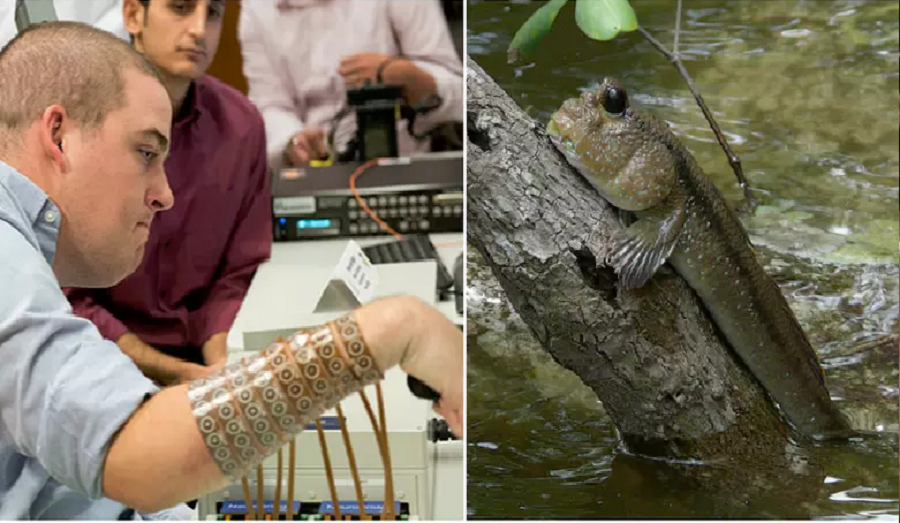5. The Plant That Turns Carbon Dioxide Into Rock
Seriously, you cannot expect a country of 331, 000 inhabitants living on an isolated island to have a carbon dioxide problem. Yet, it’s entirely possible. Iceland relies heavily on geothermal heat and hydropower (both renewable sources) to generate electricity.
A very small amount of carbon dioxide originates in volcanic rocks. Back in 2007, Reykjavik Energy started a project called CarbFix, which aimed at dissolving the carbon dioxide in large volumes of water and pumping it afterwards into porous, basaltic rock. The process involves a chemical reaction that turns the carbon dioxide into carbonate.
If you still wonder what good this process is doing, here is the explanation by one of the project leaders: “By using this method, you can permanently remove the CO2, store it in the rock, and the rock isn’t going anywhere.” Possibly, other types of industries would be interested in this method, as carbon storage is a critical part of the global initiative to reduce carbon dioxide emissions.
The only difficulty so far is not the capturing of the CO2, but its transportation to places with high amounts of basalt rock. The Icelanders, however, don’t have that problem– 90 percent of the island is, in fact, basalt rock.





































Discussion about this post